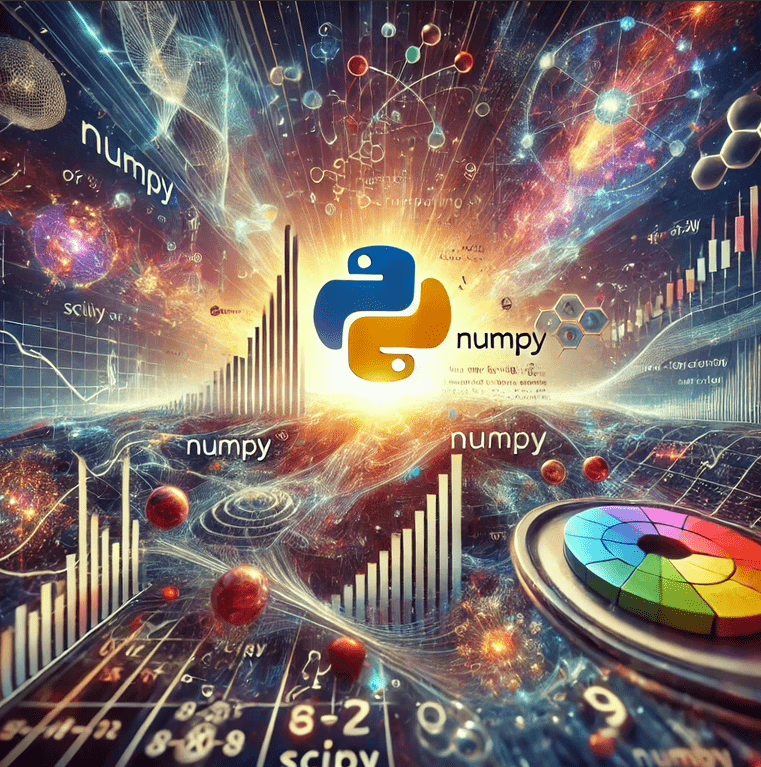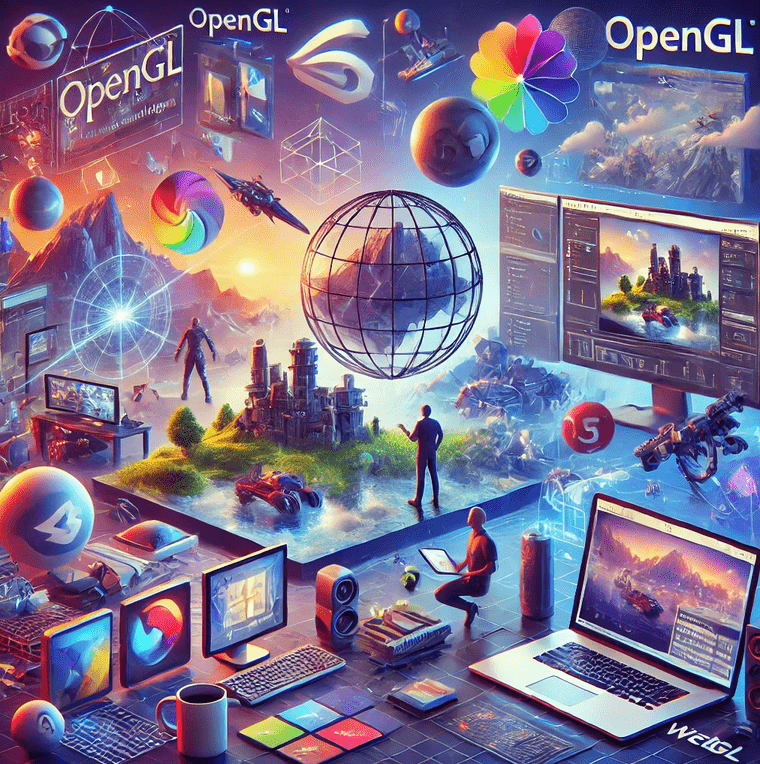Leveraging Entity Framework for Streamlined .NET Application Development
Introduction: Simplifying Data Access in .NET Applications
In the world of .NET development, managing data access efficiently and effectively is paramount. Enter Entity Framework (EF), an open-source object-relational mapping (ORM) framework developed by Microsoft. EF enables developers to interact with relational databases using object-oriented programming constructs, thereby simplifying database programming and eliminating the need for much of the repetitive data access code typically written by developers. This article delves into the features of Entity Framework, its benefits, and how Curate Consulting Services can assist enterprises in finding specialized talent to leverage EF for their projects.
Understanding Entity Framework: Bridging the Object-Relational Divide
Object-Relational Mapping (ORM)
Entity Framework acts as a bridge between the application’s object-oriented model and the database’s relational model. By abstracting the complexities of SQL queries, EF allows developers to work with database entities as .NET objects. This abstraction promotes a clean and intuitive approach to database interactions, significantly enhancing productivity.
Model-First and Code-First Approaches
EF offers two primary approaches for defining the database schema: Model-First and Code-First.
- Model-First: Developers can define the database model using a visual designer, and EF generates the corresponding database schema. This approach is particularly useful for those who prefer a graphical representation of their data model.
- Code-First: In this approach, developers define the database schema using code, and EF generates the database from the code. Code-First is ideal for developers who prefer to define their model within the application’s codebase, providing greater flexibility and control over the database schema.
LINQ Integration
Entity Framework seamlessly integrates with Language-Integrated Query (LINQ), allowing developers to use LINQ queries to interact with the database. LINQ provides a strongly-typed query syntax for querying collections, databases, and XML. This integration simplifies the querying process and ensures that queries are both readable and maintainable.
Automatic Change Tracking
EF automatically tracks changes made to objects, enabling automatic detection of modifications, additions, and deletions. This change tracking simplifies the process of persisting changes back to the database, reducing the boilerplate code typically associated with data access layers.
Lazy Loading and Eager Loading
Entity Framework supports both lazy loading and eager loading strategies for fetching related data from the database.
- Lazy Loading: Related data is loaded only when it is explicitly requested, which can improve performance by avoiding unnecessary database queries.
- Eager Loading: Related data is loaded along with the main entities, reducing the number of database queries. Eager loading is useful when the related data is frequently accessed together with the main entity.
Database Migrations
EF supports automatic database migrations, allowing developers to evolve the database schema as the application evolves. Migrations enable the application to be kept in sync with the database schema, facilitating seamless updates and maintenance.
Pluggable Providers
Entity Framework is designed to be extensible, supporting multiple database providers. Developers can choose the provider that best fits their application’s needs, such as Microsoft SQL Server, MySQL, PostgreSQL, SQLite, and more. This flexibility ensures that EF can be used in a variety of environments and scenarios.
Concurrency Control
EF supports concurrency control mechanisms to handle scenarios where multiple users may be updating the same data simultaneously. Optimistic concurrency control is commonly used, where conflicts are detected during the update process, ensuring data integrity and consistency.
Stored Procedure Support
Entity Framework allows developers to work with stored procedures in the database. It provides methods to call stored procedures and map their results to entities, combining the benefits of ORM with the performance and capabilities of stored procedures.
Model Validation
EF includes model validation capabilities to enforce data integrity rules at the application level. Developers can use data annotations or Fluent API to specify validation rules, ensuring that the data conforms to the required constraints before being persisted to the database.
Testing Support
Entity Framework can be used in conjunction with testing frameworks for unit testing. In-memory databases and other strategies allow for testing without affecting the actual database, promoting a robust and reliable development process.
Use Cases: Where Entity Framework Excels
Entity Framework is widely used in .NET development to simplify data access and database interactions. Its features make it suitable for a variety of scenarios, including:
- Enterprise Applications: Large-scale applications that require robust data access capabilities.
- Web Applications: Websites and web services that interact with relational databases.
- Data-Driven Applications: Applications that rely heavily on data manipulation and querying.
- Microservices: Microservices architectures where efficient and consistent data access is crucial.
Curate Consulting Services: Finding Specialized Talent for Entity Framework
As the adoption of Entity Framework continues to grow, the demand for skilled professionals who can effectively leverage this technology is on the rise. Curate Consulting Services is at the forefront of providing specialized talent to meet this demand. Our consulting services are designed to help enterprises find and hire top-tier talent with expertise in Entity Framework and related technologies.
Identifying the Right Talent
Curate Consulting Services excels in identifying and recruiting professionals with the right skills and experience. Our rigorous selection process ensures that we match the right candidates with the specific needs of our clients. Whether it’s building a new application from scratch or optimizing an existing system, our consultants bring a wealth of knowledge and expertise to the table.
Tailored Solutions for Enterprise Success
We understand that every enterprise has unique requirements and challenges. Our consulting services are tailored to address these specific needs, providing customized solutions that drive success. From initial consultation to implementation and ongoing support, we work closely with our clients to ensure that their projects are delivered on time and within budget.
Comprehensive Training and Support
In addition to staffing, Curate Consulting Services offers comprehensive training and support to help enterprises maximize the potential of Entity Framework. Our training programs are designed to equip teams with the knowledge and skills needed to effectively implement and manage EF-based systems. We provide hands-on training, best practices, and ongoing support to ensure that our clients achieve their goals.
Conclusion: Embracing the Power of Entity Framework
Entity Framework has revolutionized the way .NET developers interact with relational databases, providing a powerful and flexible ORM framework that simplifies data access and promotes a clean, object-oriented approach to database interactions. Its comprehensive feature set, seamless integration with LINQ, and support for various database systems make it a go-to solution for modern .NET development.
As enterprises continue to adopt Entity Framework, the need for specialized talent becomes increasingly important. Curate Consulting Services stands ready to assist, offering tailored solutions and expert consultants to help enterprises harness the full potential of Entity Framework.
By leveraging the power of Entity Framework and the expertise of Curate Consulting Services, enterprises can achieve greater efficiency, scalability, and success in their software development endeavors. Embrace Entity Framework and unlock the true potential of your .NET applications today.










